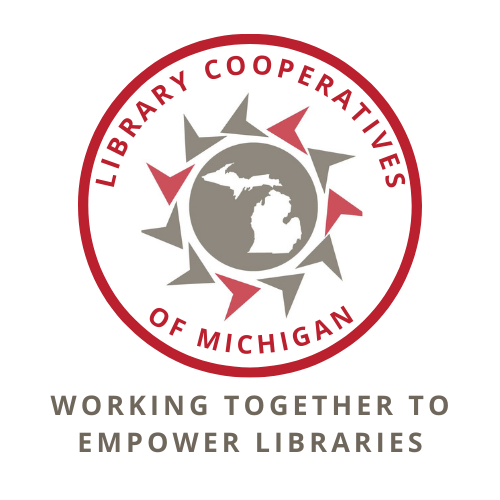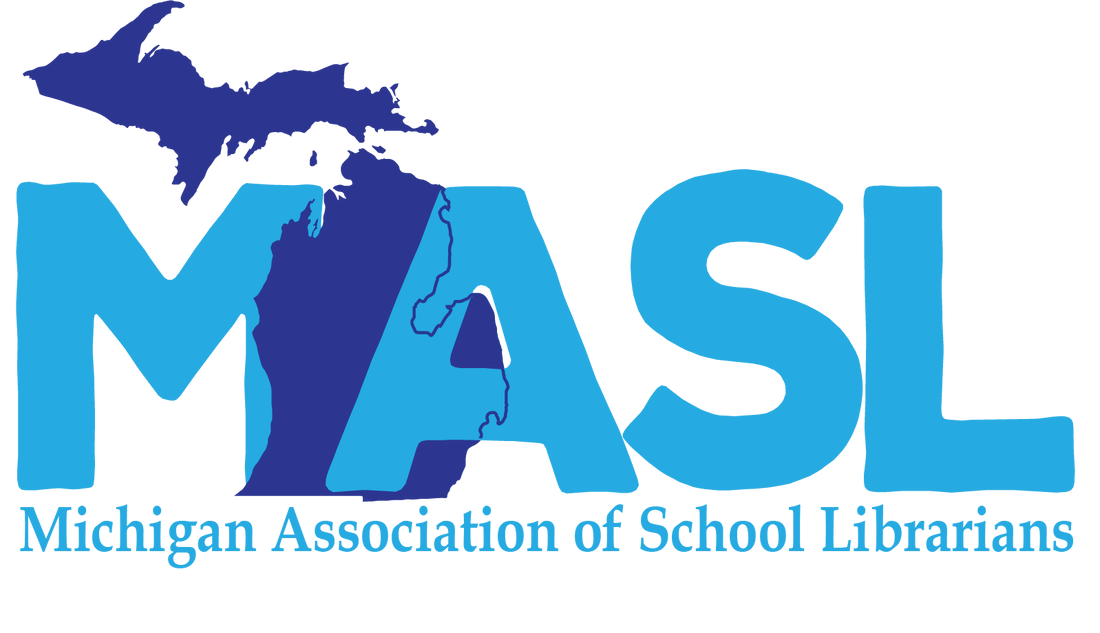 |
 |
 |
| Written by Gail Madziar, MLA Executive Director |
Executive Director's Desk - June 8, 2017
Demographics and the Library as Civic Focal PointOnce the preferred home of the middle class, the suburbs of America's largest metropolitan areas now have more poor people living in them than do their inner cities. Between 2000 and 2013, the number of people living below the poverty line in the suburbs grew by 66%. While this is just one of many changing faces of our American landscape, there are several shifts impacting Michigan's future. Last Friday at the MLA Executive Summit, State Demographer Eric Guthrie gave an overview of what we can expect Michigan to look like in the coming years. Migration will be the deciding growth factor for Michigan's population but immigration could play a role as well. One startling statistic is the fact that the median level of education in Michigan is completion of high school. Realtor Scott Griffith talked about real estate values and trends. As the baby boomers downsize and move to walkable cities, they are competing for the same housing demanded by millennials. This is leading to both increased housing prices and demand in our cities. The suburbs, however, may not be as attractive as buyers can't afford or don't desire those larger homes. If those homes in the suburbs don't have buyers and their values go down, so does your tax base. After digesting facts and figures, I talked about applying this forecasting data to your current or future strategic plan. One thing is certain. Change is upon us and library planning must be flexible, fluid and adaptable. It is essential that libraries increase their social and economic resilience to meet demographic changes. This means incorporating a holistic vision and view of the library. What the data tells us is that we will need to adapt everything from our service delivery systems and technology to library design and collection development to meet the needs of a changing community. For example, millennials will comprise more than one of three adult Americans by 2020 and 75 percent of the workforce by 2025. How they think and act and work will impact how libraries provide services. Who will be sitting on your library boards and is it time to be working to diversify them to include not only differing age groups but consideration of gender, income, ethnicity, religion, occupation, and health. Looking at population estimates and projections for your area you can visualize the impact this could have on your budget, human resources, and facility needs since this data will influence zoning, the location of public facilities such as schools, fire station sites, parks, low-income housing developments and the planning of mass transportation routes. The census data can also be linked with local data to access economic and crime statistics, per capita income, poverty, unemployment, median family income, adult illiteracy, and public health indicators. How would each of these influence library services and availability? If redesigning physical spaces in on your list, you may want to be sure you are applying the demographics information. If right now your children's area is bursting at the seams and you plan to expand, you may want to keep in mind how you could easily reconvert that space in a couple years to accommodate more senior citizens into the mix. How will you accommodate increased mobility issues, rest rooms, seating, lighting, and accessibility within the library? How can you determine which demographic changes might apply to your library? Talk to local realtors about property values and statistics; check local schools and enrollment rates; look at urban planning for your area; and research any flight back to cities. We're seeing gentrification of pockets in the urban inner core. That might mean a different model for a current branch. The most important consideration for the future will be technology and connecting services in a cloud based environment. Envision interaction between people and things throughout not only the library but the city and the world. New ways to connect librarians to patrons and the library to the internet of things and even infrastructure will be needed. It will require a data driven approach to adapt to a network of networks. There will be a need for new models of connectivity. We continue to see the library as civic focal point. But as libraries adapt to the neighborhood, library staff will be the recognized expert in the community providing resources not just from within the library collection or databases but information about the community and its resources. Start now to seek partnerships and create alliances with other groups - social or governmental. If your library is considering strategic planning or visioning, please consider including MLA in your request for proposals. This new service is focused on libraries and their future in Michigan. |








